
As most of you will know, our dogs' sense of smell is the most powerful sense they have. Scientists report that a dog's nose is anything from 10,000 to 100,000 times more acute than a human's. For every one smell receptor a human has, a dog has at least 50. While all dogs have a more acute sense of smell, not all dogs are created equal. Some breeds are renowned for having excellent senses of smell while others not so much.
The brachycephalic breeds those with flattened faces such as pugs - have been found to have much less sensitive noses. The breed with the most impressive nose is, unsurprisingly, the bloodhound, with approximately 300 million scent receptors. The labrador retriever, German shepherd and various other breeds follow closely behind. But it is not just the breed but also the age of the dog that can affect their scenting ability. As a dog gets older, researchers have found their sense of smell slowly decreases.
One truly amazing ability the dog has is a phenomenon called 'sniffing lateralisation'. It allows a dog to sniff separately with each nostril, depending on the scents detected. Food and threats, for example, trigger different responses; this is all linked to processing pathways in the brain.
Obviously it is easy to see that breed is important if we want a talented dog with a fantastic nose. However, the ability within a breed can vary massively. Some dogs seem to have the ability to smell anything from a mile off, whereas others can stand over the item they are looking for and still be none the wiser. But why the huge variation?
I have worked with dogs of varying abilities. Within our gundog breeds you have the different scenting methods of ground and air scenters. Golden retrievers, for example, are air scenters and so work differently to a labrador retriever. There are certainly pros and cons to both methods.
Individual ability
This story is from the June 28, 2023 edition of Shooting Times & Country.
Start your 7-day Magzter GOLD free trial to access thousands of curated premium stories, and 9,000+ magazines and newspapers.
Already a subscriber ? Sign In
This story is from the June 28, 2023 edition of Shooting Times & Country.
Start your 7-day Magzter GOLD free trial to access thousands of curated premium stories, and 9,000+ magazines and newspapers.
Already a subscriber? Sign In
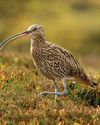
United we stand
Following United Utilities' decision to end grouse shooting on its land, Lindsay Waddell asks what will happen if we ignore our vital moors

Serious matters
An old gamebook prompts a contemplation on punt-gunning
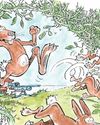
They're not always as easy as they seem
While coneys of the furry variety don't pose a problem for Blue Zulu, he's left frustrated once again by bolting bunnies of the clay sort
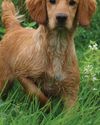
Debutant gundogs
There's lots to think about when it comes to making the decision about when to introduce your dog to shooting
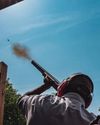
When the going gets rough
Al Gabriel returns to the West London Shooting School to brush up on his rough shooting technique
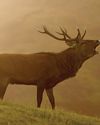
The Field Guide To British Deer - BDS 60th Anniversary Edition
In this excerpt from the 60th anniversary edition of the BDS's Field Guide To British Deer, Charles Smith-Jones considers the noise they make
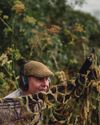
A step too far?
Simon Garnham wonders whether a new dog, a new gun and two different fields in need of protection might have been asking too much for one afternoon's work
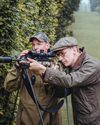
Two bucks before breakfast
A journey from old South London to rural Hertfordshire to stalk muntjac suggests that the two aren't as far detached as they might seem
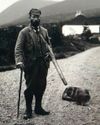
Stalking Diary
Stalkers can be a sentimental bunch, and they often carry a huge attachment to their hill

Gamekeeper
Alan Edwards believes unique, private experiences can help keepers become more competent and passionate custodians of the countryside